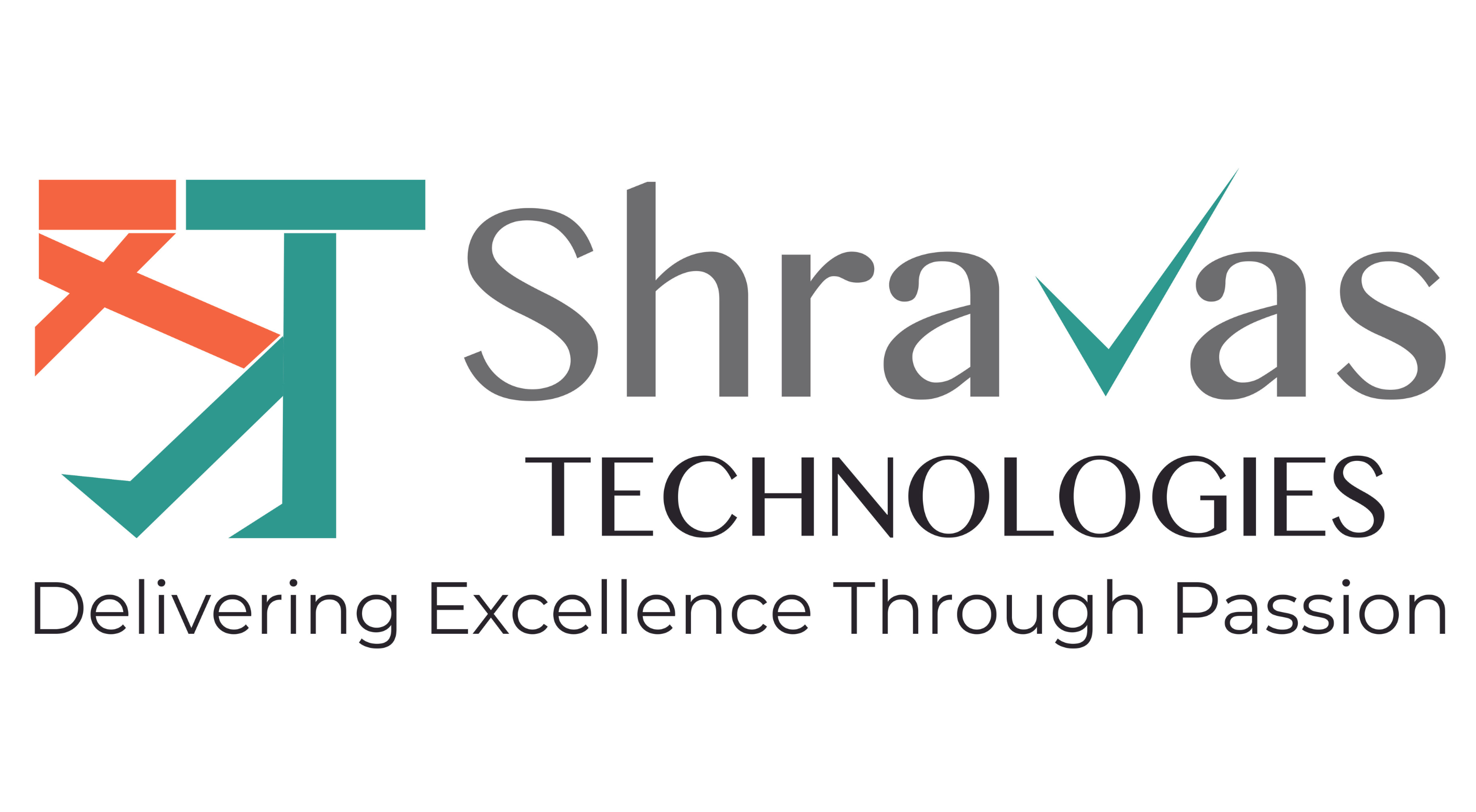In 2025, global tech and business leaders are waking up to a new reality: cybersecurity regulation is no longer fragmented or optional. It’s coordinated, evolving fast, and demands serious attention.
The introduction of EU NIS2, DORA, and Hong Kong’s cyber laws marks a turning point. These aren’t just policy updates. They’re signals that regulators are done waiting for enterprises to voluntarily tighten security practices.
If your company touches data, digital infrastructure, or third-party vendors – you’re in scope.
The New Cyber Rulebook
NIS2 Directive (EU)
NIS2 broadens the original directive’s scope. It now includes more sectors (e.g., telecom, food, manufacturing) and imposes stricter breach reporting timelines. CEOs and boards are now directly accountable. Penalties? They’ve doubled. Non-compliance is expensive – and public.
DORA (Digital Operational Resilience Act)
Designed for EU financial services, DORA enforces a holistic approach to ICT risk. This includes mandatory testing, incident classification, and oversight of third-party tech providers. It’s the first time EU law tackles operational resilience as a regulatory concern – not just best practice.
Hong Kong Cybersecurity Framework
With rising cyber threats in Asia-Pacific, Hong Kong regulators are pushing ahead with frameworks that align with global standards. Expect more requirements around real-time monitoring, data localization, and mandatory risk assessments — especially in finance and public services.
Why This Matters Now
The regulatory tone has shifted. It’s no longer about checking boxes or filling out audit reports. It’s about continuous readiness.
- Security by design is becoming legally enforceable.
- Vendor risk isn’t just a procurement issue – it’s a board-level concern.
- Data breaches will now trigger mandatory disclosures within hours, not days or weeks.
For companies operating across borders, the complexity grows. Complying with EU law isn’t enough if you’re processing data in Asia. Each regulation is different – but the themes are aligned: visibility, resilience, and accountability.
What Tech Leaders Should Be Doing
- Know what applies to you. Even if you’re not headquartered in the EU or Hong Kong, having clients or users in those regions can bring your org under the regulatory lens.
- Inventory your third-party risks. Many breaches now originate from vendors. Regulations like DORA require clear oversight of service providers.
- Build for resilience, not just uptime. Regulators want to know: can you detect, respond, and recover from a breach without chaos?
Final Thought
The compliance landscape in 2025 is no longer patchwork – it’s becoming a global web of interconnected obligations. Smart organizations won’t treat this as a burden. They’ll treat it as a strategic advantage.
Being prepared means more than just avoiding fines. It’s about building trust – with users, clients, and regulators.
For tech leaders, this is no longer optional. It’s foundational.

